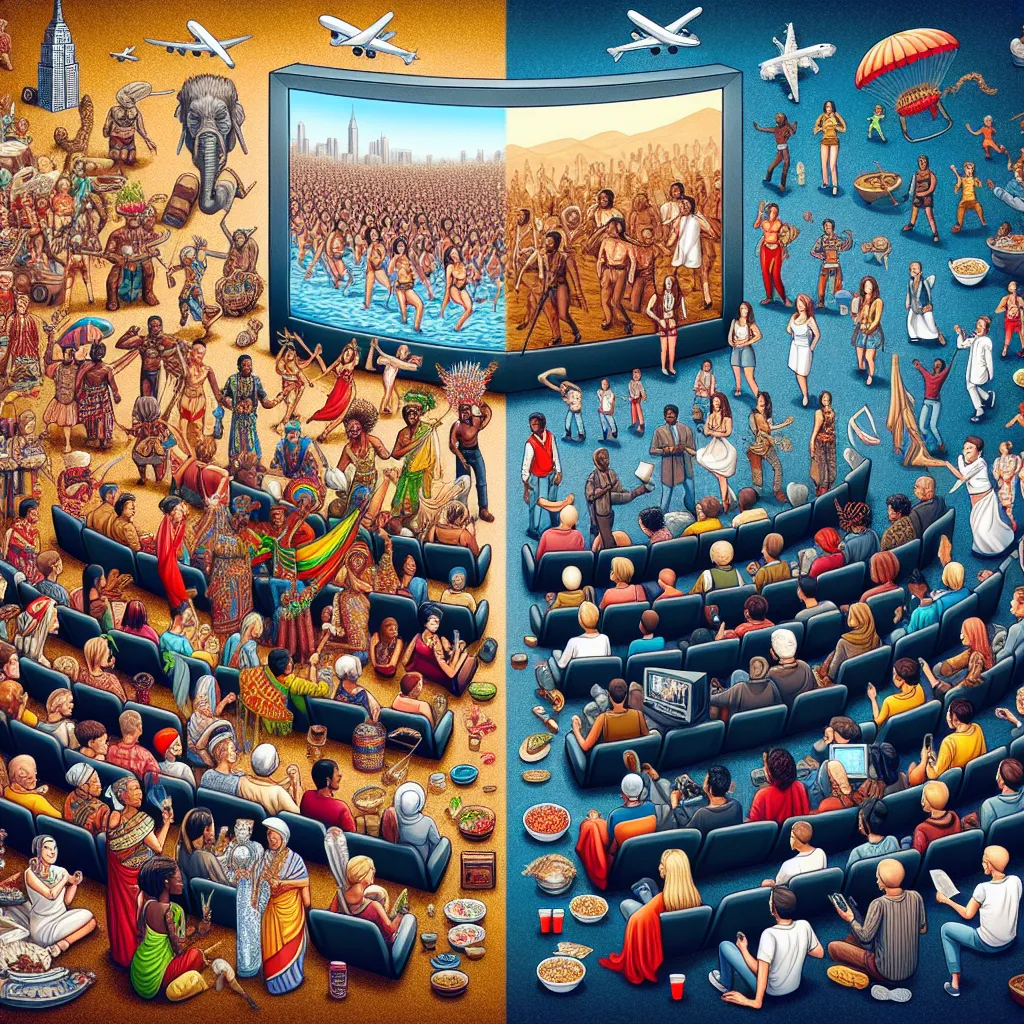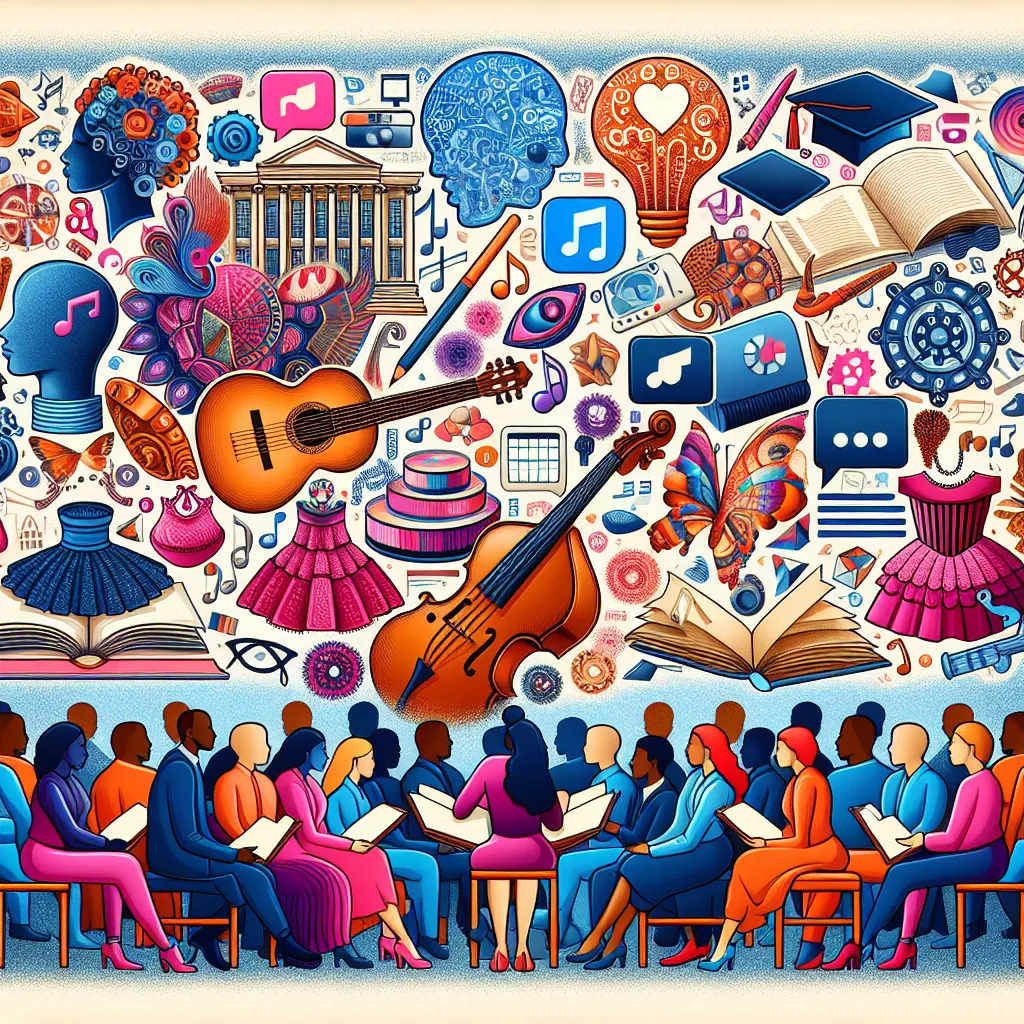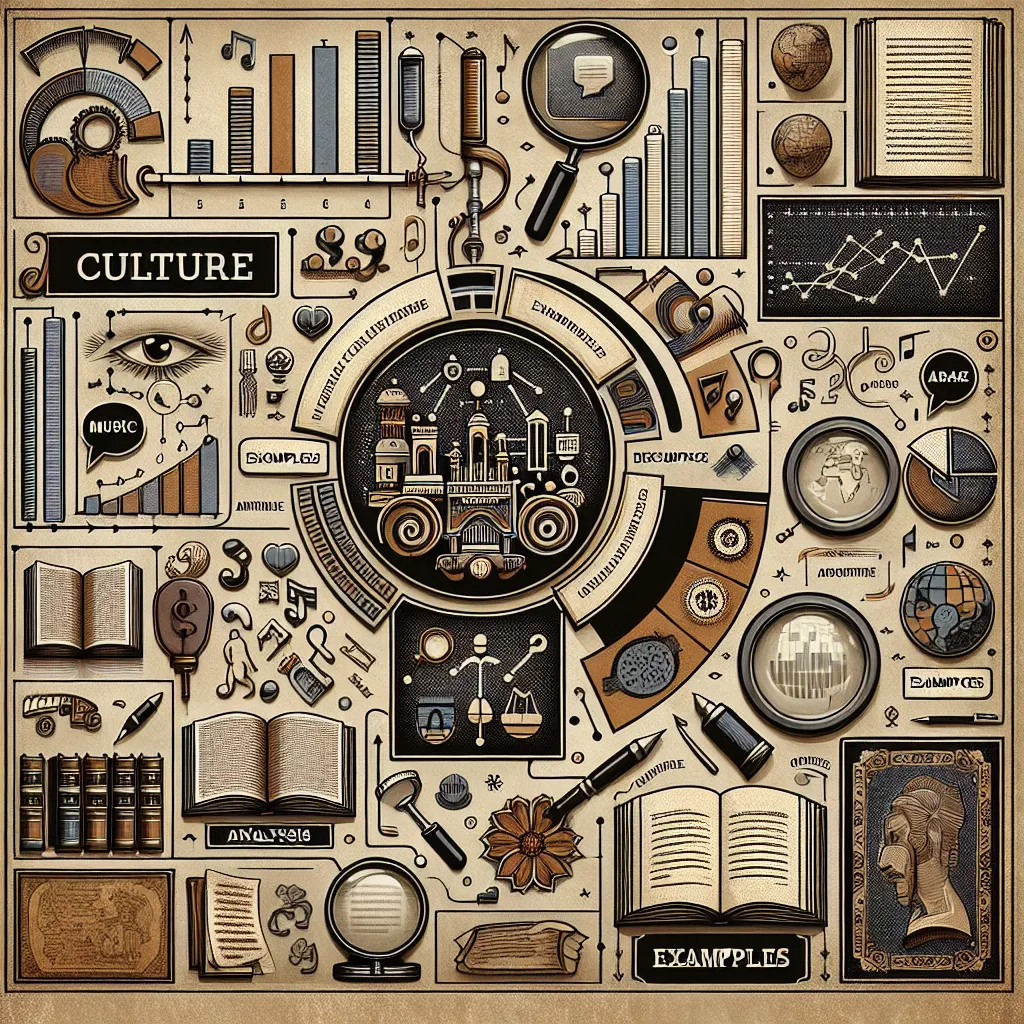Ask AI on The Internet
Question: With adequate examples, critically analyse the following definitions of popular culture: Popular culture as all those things that people do or have done Popular culture as mass culture.
Certainly! Let's delve into a critical analysis of these two definitions of popular culture: ### Popular Culture as All Those Things That People Do or Have Done #### Definition Breakdown This definition suggests that popular culture encompasses a broad range of activities, practices, behaviors, and traditions that people engage in or have historically engaged in. It includes everything from daily routines and customs to rituals and shared experiences that define a group's way of life. #### Analysis 1. **Inclusivity**: - **Strength**: This definition is extremely inclusive and comprehensive, recognizing that popular culture isn't limited to media and entertainment but includes everyday practices. - **Example**: Festivals, such as the Diwali celebrations in India or Thanksgiving in the US, are part of popular culture because they are widespread practices with cultural significance. 2. **Historicity**: - **Strength**: Acknowledging "things that people have done" allows us to consider historical practices and artifacts as part of popular culture, making the definition more dynamic and expansive. - **Example**: Traditional dances, like the hula in Hawaii or flamenco in Spain, were popular culture of the past and continue to be practiced today. 3. **Vagueness**: - **Weakness**: This definition might be too vague and broad, potentially encompassing too much and making it harder to differentiate popular culture from general human activity. - **Example**: Brushing teeth or driving to work, while common and widely practiced, might not fit neatly into conceptual discussions about culture in the same way that more socially and culturally loaded activities do. 4. **Everyday Life**: - **Strength**: By including everyday practices, this definition emphasizes the cultural relevance and importance of mundane activities. - **Example**: The act of sharing memes on social media has become a significant part of everyday interaction for many people and represents an aspect of digital popular culture. 5. **Contested Nature**: - **Weakness**: The broadness can lead to disagreements about what constitutes "popular" versus "high" culture or sub-culture. - **Example**: Some might argue whether classical music concerts (traditionally considered high culture) that attract massive audiences could be considered popular culture under this definition. ### Popular Culture as Mass Culture #### Definition Breakdown This definition posits that popular culture is synonymous with mass culture, often produced for mass consumption and distribution through media and popular entertainment. #### Analysis 1. **Industrial Perspective**: - **Strength**: This definition emphasizes the role of industrial production and media in shaping and disseminating popular culture. - **Example**: The global reach of Hollywood movies is a clear instance where popular culture is intertwined with the mechanisms of mass media production and distribution. 2. **Consumerism**: - **Strength/Weakness**: This angle foregrounds the connection between consumerism and culture, illustrating how commercial interests drive the creation of popular culture. - **Example**: The marketing and commercialization of sports events, such as the FIFA World Cup or the Super Bowl, highlight this relationship but can also be criticized for prioritizing profit over genuine cultural expression. 3. **Homogenization**: - **Weakness**: Focusing on mass culture can lead to criticisms about the homogenization of culture, where unique local cultures are overshadowed by standardized, global products. - **Example**: The global dominance of fast food chains like McDonald's can be seen as a form of cultural homogenization, where distinctive local cuisines might be overshadowed by a ubiquitous brand. 4. **Accessibility**: - **Strength**: Mass culture's very nature implies broad accessibility and appeal, making cultural artifacts available to a wide audience. - **Example**: Television shows such as "Friends" or "The Simpsons" have achieved widespread popularity across diverse demographics due to their availability on various media platforms. 5. **Cultural Impact**: - **Strength/Weakness**: It reflects the idea that popular culture can significantly influence societal norms and values, but also risks presenting a narrow view of culture driven primarily by entertainment. - **Example**: Music genres like pop and hip-hop, often produced and disseminated on a massive scale, have profound impacts on fashion, language, and social attitudes. ### Conclusion Both definitions of popular culture bring valuable perspectives but also come with inherent limitations. **Popular culture as all those things that people do or have done** offers a wide and inclusive understanding but can be too broad and difficult to delineate from general human activity. In contrast, **popular culture as mass culture** zeroes in on the phenomena of media and commercial production, emphasizing accessibility and consumerism but risking the neglect of more grassroots or traditional cultural expressions. A nuanced understanding of popular culture likely requires integrating insights from both definitions to capture the complexity and multifaceted nature of cultural practices in society.
Think your answer is better than the AI's? Post it below.
If you want your question answered by an AI, click here.







Post your own comment: